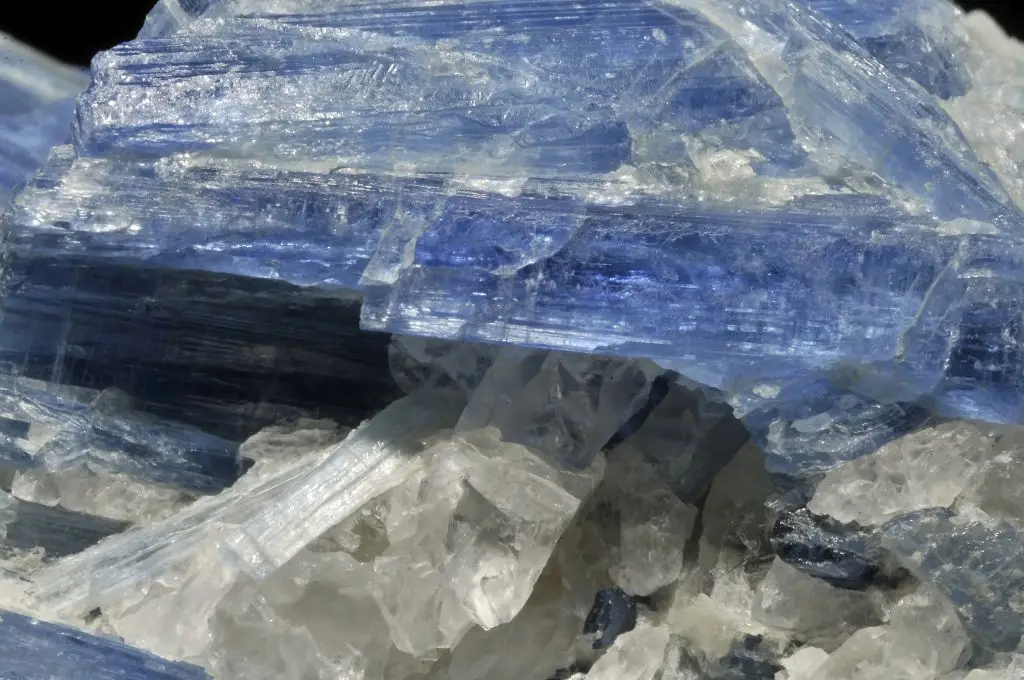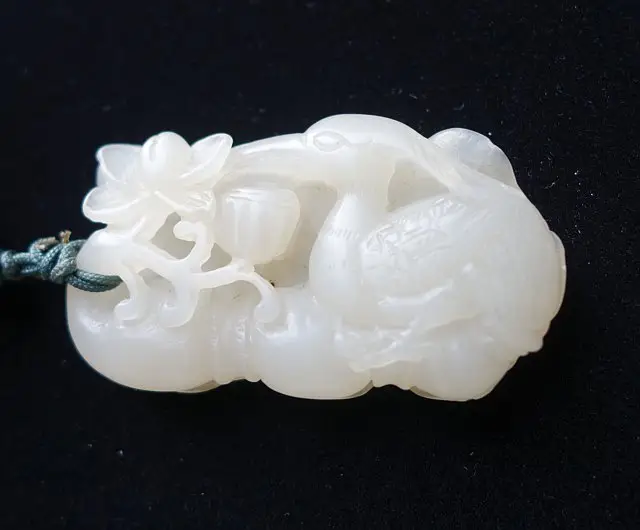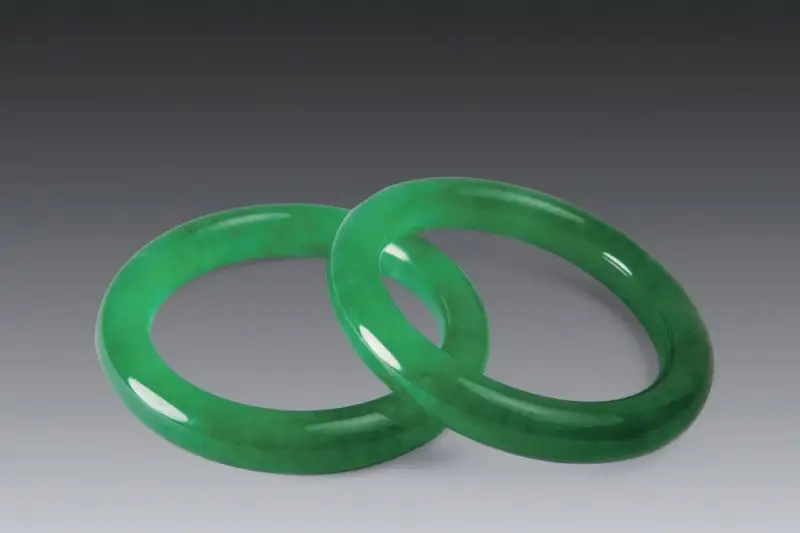Table of Contents
Introduction
The name “Kyanite” is derived from the Greek word for blue.
Kyanite is a typical regional metamorphic mineral formed under low temperature and high-pressure conditions. It belongs to the triclinic crystal system and often forms flattened columnar crystals with parallel striations on the crystal surface. Kyanite frequently exhibits color zoning and is typically recognized for its vibrant blue color, which closely resembles that of top-quality sapphires. Other colors include light blue, dark blue, blue-green, or grayish-white.
Due to the significant differences in hardness when measured along different axes, kyanite is also referred to as the “two-hardness stone.”
(The Mohs hardness is around 5 along the crystal’s length, while perpendicular measurements range from 6 to 7.)
Kyanite
- Crystal system: orthorhombic crystal system
- Hardness: 5.5~7.0
- Specific gravity: 3.56~3.65
- Luster: Vitreous luster
- Transparency: transparent to translucent
- Color: blue, white, blue-green
- Refractive index: 1.71~1.73
- Birefringence: 0.012~0.017
- Fluorescence: weak red in long wave, no fluorescence in short wave
- Cleavage: well-developed cleavage, two sets of cleavage
- Characteristics: Large axial difference in hardness, pleochroism, cleavage
- Imitation: synthetic spinel, glass
Commercial Value of Kyanite
Ornamental
Although kyanite is not among the most expensive natural blue gemstones, its color, especially the vivid blue hue, is considered a good alternative to premium sapphire. It is not commonly imitated, but kyanite gemstones often display pure, intense blue shades, with some stones showing greenish-blue. When judging by color alone, kyanite can be as beautiful as top-grade sapphire, making vibrant blue hues the most desirable.
Key selection criteria: Besides color, clarity is important—ideally, kyanite should appear flawless to the naked eye. However, kyanite typically has numerous cleavage surfaces, color bands, and tubular inclusions.
※ Kyanite with numerous parallel tubes can display a cat’s-eye effect when cut into cabochon shapes. High-quality kyanite, with intense blue hues and high clarity, often weighs less than 5 carats, and large, high-grade stones are rare.
—
Industrially
Kyanite has excellent refractory properties, as well as casting, wear, and acid resistance.
Kyanite is widely used in industrial applications, particularly for the production of advanced refractory materials. Its refractoriness surpasses that of typical clay-based refractory materials, withstanding temperatures up to 1790°C or even 1850°C. When heated above 1100°C, kyanite exhibits an expansion rate of 11% to 18%, but it undergoes minimal shrinkage upon cooling. Adding a certain amount of kyanite to clay-based refractory materials helps counteract volume changes, ensuring the material’s stability. Refractory bricks, cement, and industrial furnaces made with kyanite significantly extend their service life.
In addition, kyanite is ideal for manufacturing refractory ceramics, such as spark plugs in automotive engines. It is also used in the production of silicon-aluminum alloys, to which small amounts of copper, manganese, nickel, and chromium can be added. These alloys are lightweight, strong, highly conductive, and offer excellent casting properties, wear resistance, and corrosion resistance. As a result, kyanite alloys are widely used to manufacture complex machine components in industries such as automotive, shipbuilding, and aerospace.
Photo credit: Géry Parent,https://commons.wikimedia.org/wiki/File:Kyanite,_quartz_2.JPG



